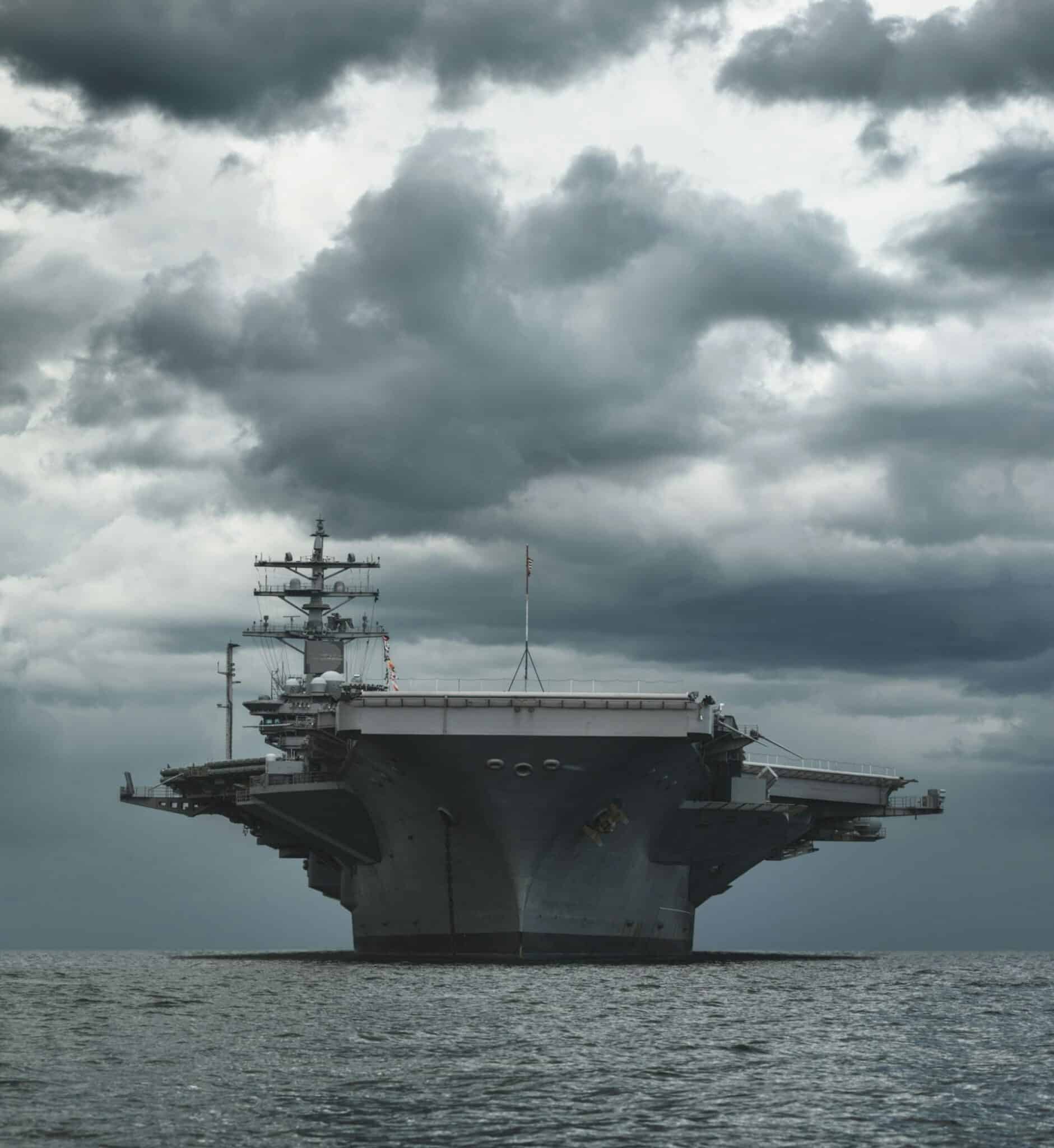The old saw “if at first you don’t succeed try, try again” may have first been uttered by a budgeteer because it certainly takes persistence to make budget cuts stick. President Obama, like his predecessors, has tried to prove wrong former President Reagan’s observation that a government program is the closest thing we get to eternal life on earth. The Administration had some success shortening the budgetary life of several programs in his first year, but considering we’re staring into a deficit abyss, they are going to have to double back for some more.
Let’s be fair, the President scored some significant budgetary victories last year, getting over half of his proposed cuts through. There were high profile, high stakes political battles, like saving billions by ending production of the F-22 Raptor jet fighter and the Presidential Helicopter. But a close examination of the successful effort to shut down the relatively small potatoes Loran-C navigation system tells you just how much persistence is required to get these cuts through.
During World War II, the need for more precise navigation systems gave birth to a new radio navigation system. The original Loran-A (LOng RAnge Navigation) was leaps and bounds above the accuracy of navigation by stars (the existing method), and with later improvements eventually yielded to Loran-C in 1957. The system sent radio signals from manned land-based stations to receivers on ships and aircraft to enable them to get a “fix” on their position.
Other navigation systems popped up in the ensuing decades, but it wasn’t until the highly accurate, globally available satellite navigation system (GPS – Global Positioning System) was fully operational and receivers became widespread in the mid-1990s, that Loran-C became obsolete.
After years of being targeted for a budget cut, the writing should have been on the budgetary wall for Loran-C, but not surprisingly, it wasn’t going to go down without a fight. The Administration listed the program for termination in the FY2010 budget, citing a one year savings of $36 million and a five year savings of $190 million.
Even with the greatest backer of Loran-C, former Alaska Senator Ted Stevens (who probably used the original Loran-A while flying for the U.S. Army Air Corps in World War II), no longer in office, the Administration had to fend off efforts to maintain the program. Equipment for a “next generation” Loran was being built in Maine and that delegation fought to keep the program alive. The House provided no funding, but in negotiations the Senate won a temporary reprieve – funding the program through early January then requiring that the Commandant of the Coast Guard certify that the program was not necessary for maritime safety and the Homeland Security Secretary certify that Loran-C was not needed as a back-up to GPS before Loran-C could be terminated. The certifications came out January 7 , and the White House can chalk up a tougher than expected budget cut victory.
But the Administration cannot stop there. In a few weeks the FY 2011 budget will be rolled out and the cuts should be even more robust than in the Administration’s first budget. Parochial interests will be looking for any sort of weakened resolve on the budget cutting front.
These budgetary skirmishes are critical if we are ever going to put the budget on a sustainable fiscal path. To be sure, the few billion dollars envisioned in the proposed cuts are not even close to what is necessary. We have to fundamentally reevaluate revenue and spending across the budget. But when the hole is this big, every dime – and certainly every billion – counts.











Get Social